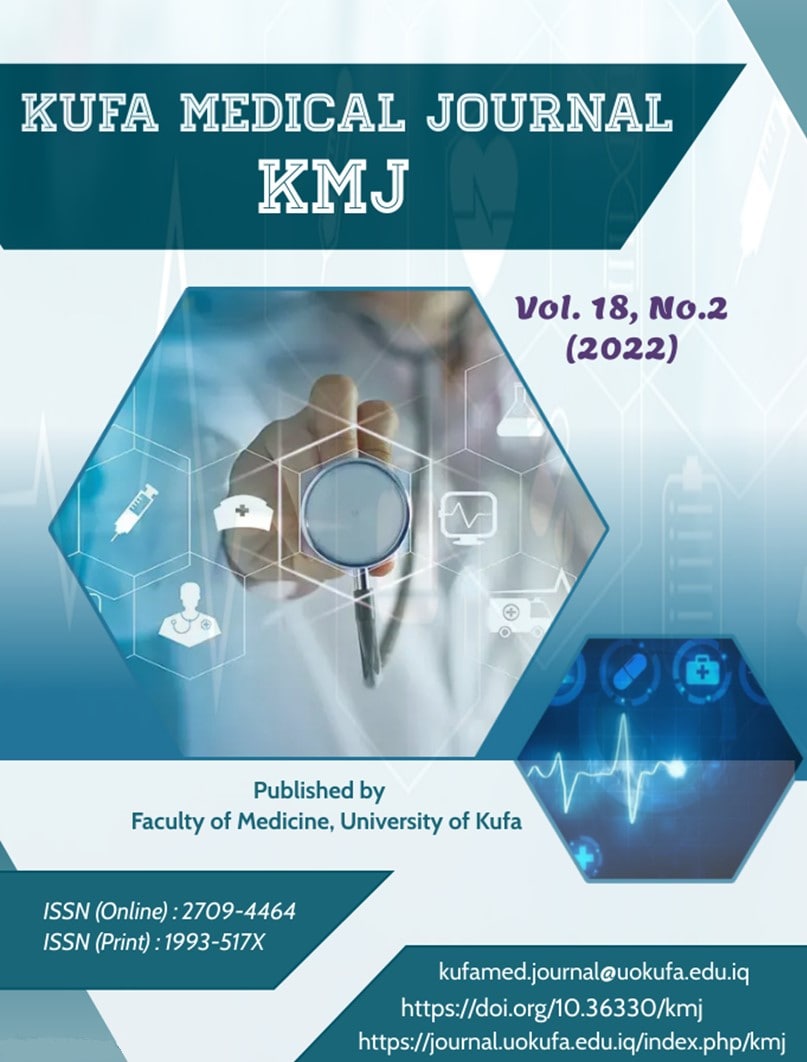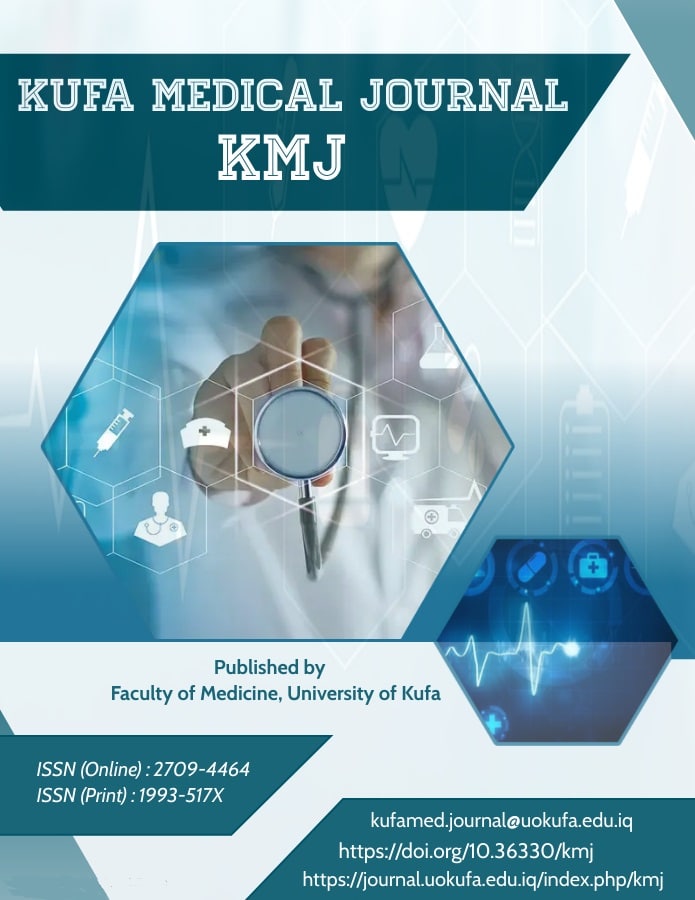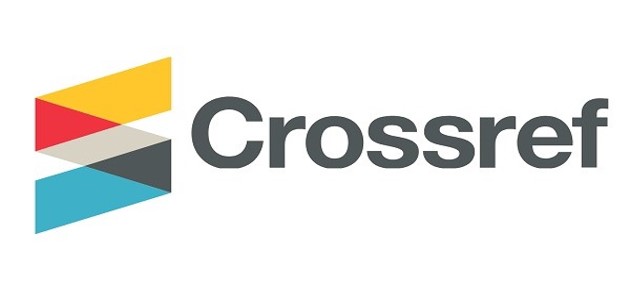Evaluating Skull base Defect Reconstruction after Endoscopic Transsphenoidal Approach among Iraqi Patients
DOI:
https://doi.org/10.36330/kmj.v18i2.10385Keywords:
Skull base defects, Skull base pathology, Trans sphenoidalAbstract
Background: Endoscopic skull base surgery is a well-established technique for the treatment of skull base pathologies. Once the resection is complete, reconstruction of the sellar floor is performed. Fat and fascia lata are used in an underlay fashion and then the dural sealant is placed over the repair.
Aim of the study: The study aims to assess the reconstruction of skull base defects after trans sphenoidal endoscopic surgery.
Patients and Methods: A total of 15 patients, 11 females & 4 males, were exposed to a cross-sectional study. The age of the participant ranged between 13 to 73 years old. The present work was carried out at Al-Hayat Private Hospital for the period starting from October 2017 to October 2021. All patients were followed up for at least 6 months' duration to assess the final outcome of the surgical operation. All the patients were informed of the aim of the study and they willingly agreed to participate; written consents were obtained from all of them.
Results: No CSF leak happened postoperatively in the patients. In spite of the small group of patients in the study, it can be concluded that the way of reconstructing the skull base has been effective
Downloads
Downloads
Published
How to Cite
Issue
Section
License
Copyright (c) 2022 Mona Jasim Mohammed, Ahmed Athab Al-Zubaidi

This work is licensed under a Creative Commons Attribution 4.0 International License.
which allows users to copy, create extracts, abstracts, and new works from the Article, alter and revise the Article, and make commercial use of the Article (including reuse and/or resale of the Article by commercial entities), provided the user gives appropriate credit (with a link to the formal publication through the relevant DOI), provides a link to the license, indicates if changes were made and the licensor is not represented as endorsing the use made of the work. The authors hold the copyright for their published work on the KMJ website, given that KMJ is responsible to appreciate citation for their work, which is released under CC-BY-4.0 enabling the unrestricted use, distribution, and reproduction of an article in any medium, provided that the original work is properly cited.












